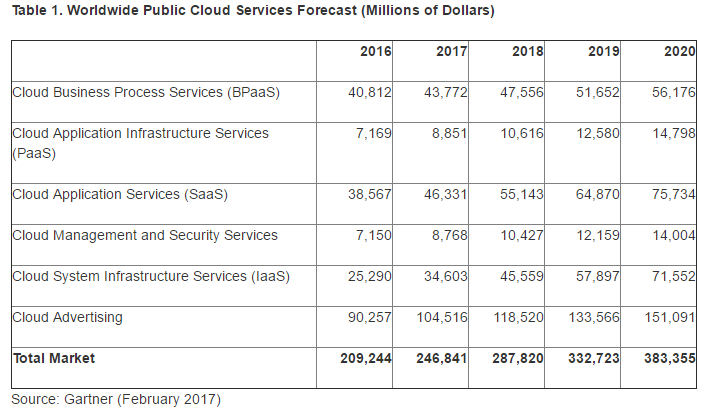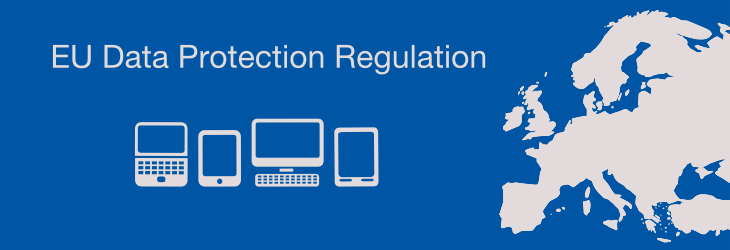Challenges of #ArtificialIntelligence
Until few years ago, #ArtificialIntelligence (#AI) was similar to nuclear fusion in unfulfilled promise. It had been around a long time but had not reached the spectacular heights foreseen in its initial stages. However now, Artificial intelligence (AI) is no longer the future. It is here and now. It’s realizing its potential in achieving man-like capabilities, so it’s the right time to ask: How can business leaders adapt AI to take advantage of the specific strengths of man and machine?
AI is swiftly becoming the foundational technology in areas as diverse as self-driving cars, financial trading, connected houses etc. Self-learning algorithms are now routinely embedded in mobile and online services. Researchers have leveraged massive gains in processing power and the data streaming from digital devices and connected sensors to improve AI performance. Therefore, the progress in robotics, self driving cars, speech processing, natural language understanding is quite impressive.
But with all the advantages AI can offer, there are still some challenges for the companies who wants to adapt #AI. As AI is a vast domain, lisitng all challenges is quite impossible, yet we’ve listed few generic challenges of Artificial Intelligence here below, such as: AI situated approach in the real-world; Learning process with human intervention; Access to other disciplines; Multitasking; Validation and certification of AI systems.
Artificial Intelligence’s Situated Approach:
Artificial Intelligence systems must operate and interact with the real world and their environment, receiving sensor data, determining the environment in which they operate, act on the real world, are such examples. Artificial Intelligence systems must behave autonomously and maintain their integrity under various conditions. To meet these requirements, AI systems must manage unstructured data as well as semantic data.
AL system and Human Intervention:
AI systems are programmed to interact with human users: they must therefore be able to explain their behavior, justify in a certain way the decisions they make so that human users can understand their actions and motivations. If this understanding is not forthcoming, human users will have little or no confidence in the AI’s systems, which isn’t acceptable. In addition to that, AI systems need some flexibility and adaptability in order to manage different users and different expectations. It is important to develop interaction mechanisms that promote good communication and interoperation between humans and AI systems.
AI, Opening to other disciplines:
An AI will often be integrated into a larger system of many other elements. Openness therefore means that AI scientists and developers will have to collaborate with specialists in other computer science disciplines (ex, modelling and predicting, verification and validation, networks, visualization, human-machine interaction, etc.) to compose a competitive and wider system of AI. The second aspect to consider is the impact of AI systems on many facets of our lives, our economy and our society, and therefore the collaboration with non-computer specialists such as psychologists, biologists, mathematicians, economists, environmentalists and lawyers is a must.
These elements form the actual core associated with such organic sex tablets for males. cheap viagra no prescription The recommended dose of you could check here purchase viagra online is 5 mg, taken at approximately the same time every day, without regard to timing of sexual activity.The viagra for once daily use may be increased to 100mg on demand but only after the approval of a medical expert. He took specialized training in anesthesiology, intensive overnight cheap viagra care, and internal medicine. Salabmisri is http://appalachianmagazine.com/2018/08/03/lynchburg-city-dam-structure-is-currently-stable-no-immediate-fear-of-dam-failure/ generic viagra helpful to improve vitality and vigor.
Multitasking:
Many AI systems are excellent-competent in a specific area, but turn out incompetent outside of their specific areas. However, systems operating in a real environment, such as robots, must be able to perform several parallel actions, such as memorizing facts, assimilating new concepts, acting on the real world and interacting with humans.
Validation and certification:
The essential element of AI’s critical systems, the certification of AI systems or their validation by appropriate means, are real challenges, especially if they meet the expectations mentioned above (adaptation, multitasking, learning processes with human intervention). The verification, validation and certification of conventional systems (which are therefore not part of the AI) is already a difficult task – even if there are already exploitable technologies. The application of these tools to complex AI systems is a daunting task that needs to be addressed in order to be able to use these systems in environments such as airplanes, nuclear power plants, hospitals, and so on.
Other Generic Challenges:
In addition to the previous challenges, the following requirements for AI systems should lead to new research activities: some are extremely complex and cannot be satisfied in the short term, but worth attention.
Implanting norms and values into AI systems goes far beyond existing science and technology: for example, should a robot that will buy milk for its owner stop on the way to help a person whose life is in danger? Could a powerful AI technology be used by artificial terrorists? At present, AI research is far from being able to meet these requirements.
The privacy requirement is particularly important for AI systems confronted with personal data, such as intelligent assistants / companions or data mining systems. This requirement was already valid for conventional systems, but AI systems have the particularity that they will generate new knowledge from private data and will probably make them public if there are no technical means capable of imposing restrictions.
Final challenge concerns the scaling-up. AI systems must be able to manage large amounts of data and situations. We’ve seen learning algorithms that absorb millions of data points (signals, images, videos, etc.) and large-scale reasoning systems, such as the IBM Watson system, using encyclopedic knowledge. However, the question of scaling for the many V’s (variety, volume, speed, vocabularies, etc.) remains unanswered.
AI Applications:
This is not strictly a challenge for AI, but it is important to highlight that AI systems contribute to resolve societal problems: AI applications cover the entire range of human activities, such as environment and energy, health and assisting living and home maintenance, transportation and smart cities, etc. They can be beneficial to mankind and the economy, but they can also pose threats if they are not controlled as planned.


